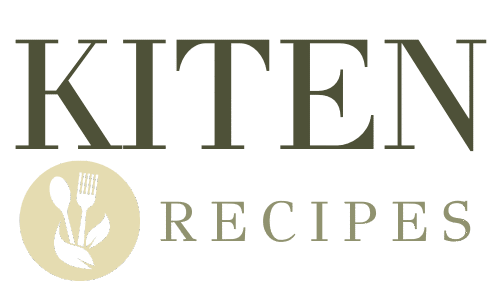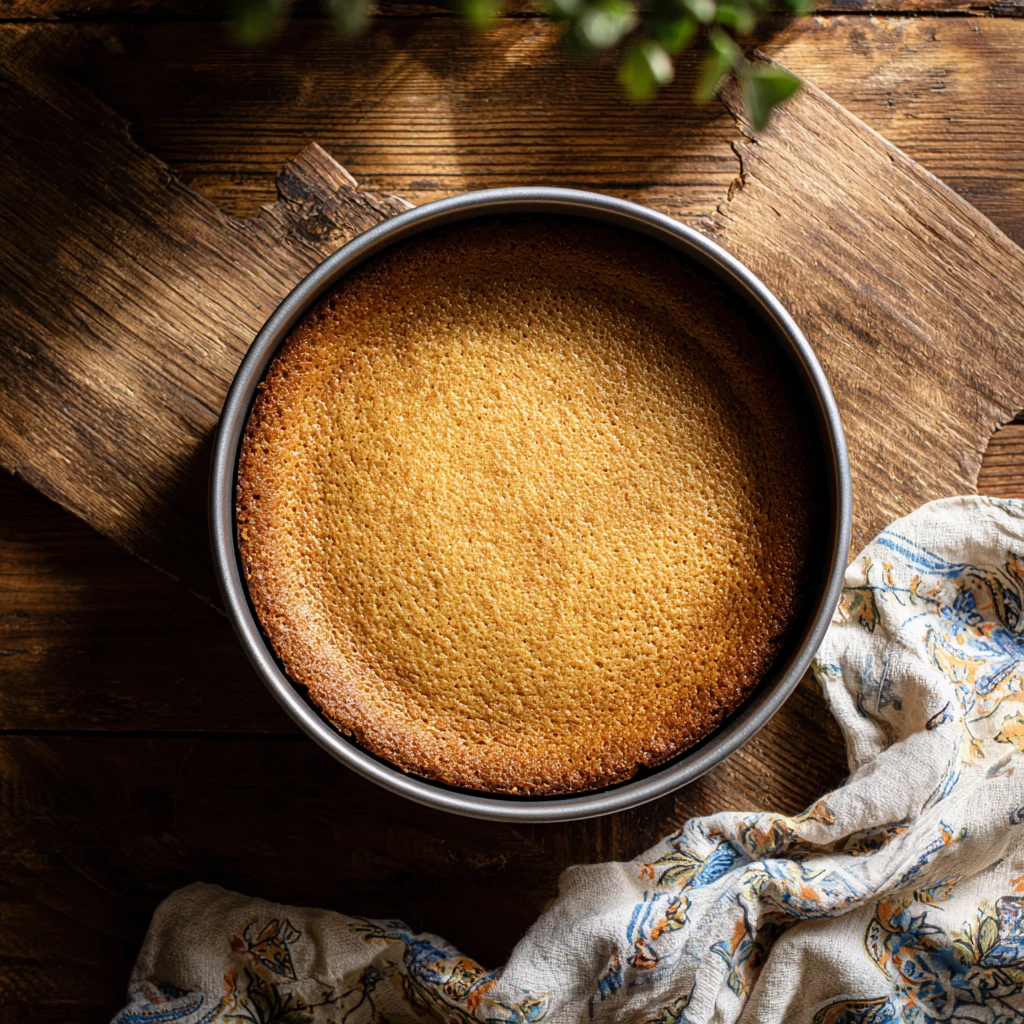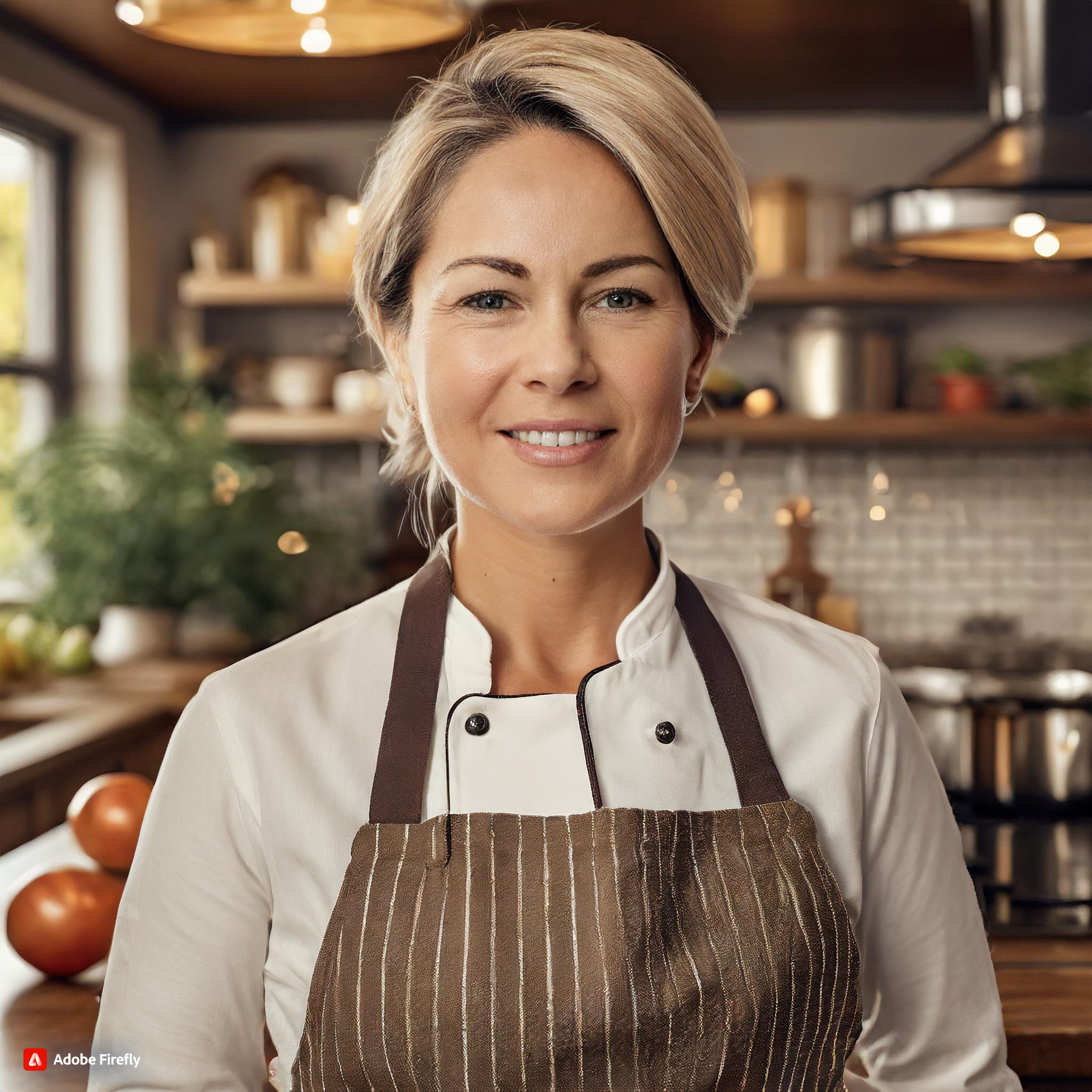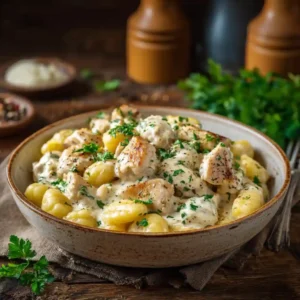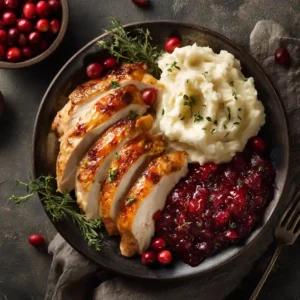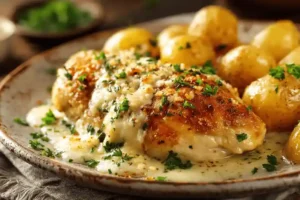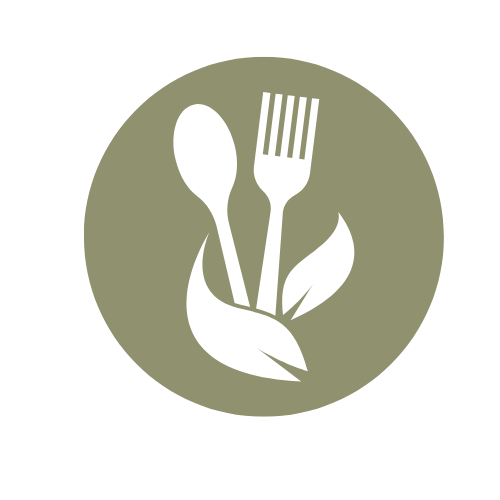Table of Contents
Table of Contents
Making cheesecake should feel like a joy, not a compromise and when it comes to getting the crust just right, that can be tricky if you’re skipping gluten. Whether you’re dealing with food sensitivities or simply want a lighter, grain-free alternative, this guide will walk you through how to make a gluten free cheesecake crust that holds together, tastes amazing, and pairs beautifully with any cheesecake filling.
We’ll dive into my personal story behind this recipe, cover the best ingredients and methods, solve common issues, and even offer you smart alternatives if you’re craving variety. Let’s get baking!
The Story & Why This Crust Matters
Why I Had to Master Gluten Free Cheesecake Crust
It all started on a chilly fall Saturday. I was prepping a pumpkin cheesecake for my weekend class, excited to share a seasonal twist with my students. But when I pulled it out of the oven, the crust had completely fallen apart. I had grabbed a gluten free cookie mix to make the crust big mistake. That night, while scraping it off the pan, I remembered my grandma’s trick with graham crackers and decided I needed to figure out a better way.
That next week, I made five test versions. One was too soggy, another too dry. Eventually, I landed on a combination of almond flour, coconut sugar, and melted butter that came together in minutes and baked into a crust that held firm without tasting like cardboard. That’s when I knew I had found my signature gluten free cheesecake crust one I could trust and share without apology. Ever since, it’s been my go-to for parties, potlucks, and quiet Friday nights alike.
Why a Good Gluten Free Crust Is Harder Than It Looks
When you skip traditional flour, you lose the natural binder that holds most crusts together. That’s why a great gluten free cheesecake crust needs the right mix of fat and finely milled dry ingredients. Almond flour is rich and nutty, while oats or crushed nuts can add texture but if you don’t get the ratios right, it can all fall apart.
Some recipes like the ones I’ve used in vegan gluten-free desserts are no-bake, but this one bakes just long enough to set beautifully. This crust is not just gluten-free it’s golden, crisp, and ready to hold any filling.
Ingredients & Variations That Work
The Best Base Ingredients for a Gluten Free Cheesecake Crust
The beauty of a good gluten free cheesecake crust is in its simplicity. My go-to combo? Almond flour, melted butter, and a touch of coconut sugar. That trio creates a crust that’s rich, just sweet enough, and easy to press into a pan. If almond flour isn’t your thing, finely ground oat flour or crushed gluten-free graham crackers can work just as well. Be sure whatever you choose is finely milled it helps the crust bind.
Butter adds flavor and structure, but if you’re dairy-free, coconut oil or even vegan margarine holds up great. Just make sure to chill the crust before baking if using coconut oil to prevent greasiness. A pinch of cinnamon or vanilla extract can also boost the flavor without overwhelming your cheesecake filling.
To take your dessert to another level, layer in textures. Try folding in chopped nuts or even gluten-free pretzel crumbs for a little crunch. In recipes like my no-bake strawberry pie, a raw crust can work beautifully too.
Smart Flavor Variations and Swaps
Flavor plays a huge role in building the right gluten free cheesecake crust for your filling. Chocolate cheesecakes pair well with a cocoa almond crust. For fruit toppings, a crust made with pecan meal and honey gives warmth and depth. Want a tropical twist? Use crushed dried coconut and a splash of lime zest.
Many of my readers love using cookie-based crusts, especially gluten-free gingersnaps or vanilla wafers. Just blitz them in a food processor and bind with butter. I often suggest this method during birthdays when making my banana split-inspired dessert.
No matter the flavor, the key is to balance sweetness with structure. Your cheesecake deserves a crust that supports it literally and flavorfully.
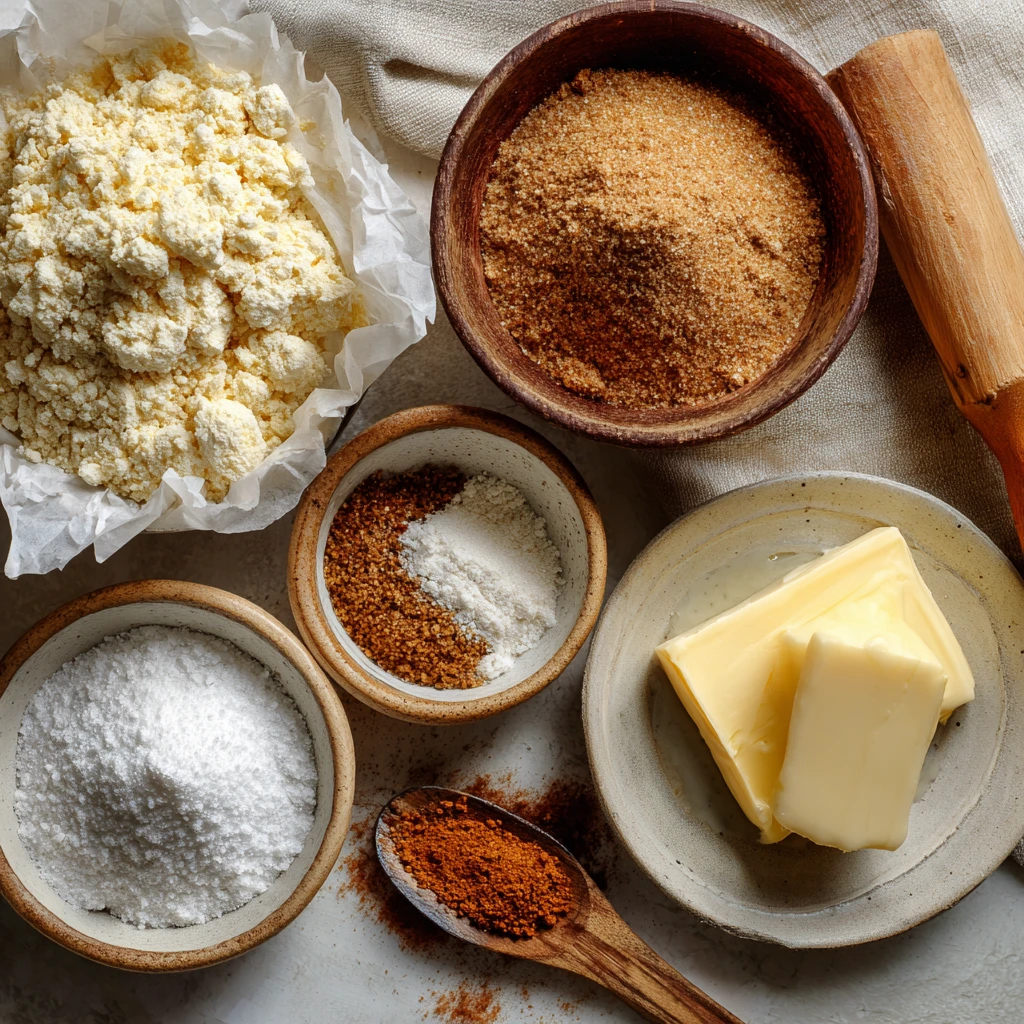
Troubleshooting Common Crust Issues
Why Your Gluten Free Cheesecake Crust Might Fall Apart
So, you followed the recipe, baked it perfectly, and still your crust crumbles when you slice it. Sound familiar? It’s one of the most common problems with any gluten free cheesecake crust. The culprit is usually a dry mixture. Without gluten, there’s nothing naturally binding your ingredients. That means you need enough fat (like butter or coconut oil) to hold it all together.
Another common issue is not pressing the crust down firmly enough. Use the bottom of a glass or measuring cup to really compact it into your pan. I once forgot this step while prepping a cheesecake for a holiday potluck, and the whole base slid out under the filling during slicing. Lesson learned!
If your crust is soggy instead, it may not have baked long enough, or you skipped the chill time before filling. I always recommend pre-baking the crust for 8–10 minutes, then letting it cool completely before pouring in the filling.
How to Fix or Prevent Common Mistakes
If your gluten free cheesecake crust breaks apart after baking, don’t toss it. Just treat it like a crumble topping scatter it over your cheesecake and call it rustic. But to avoid that scenario next time, double-check your ratios. You need about 1½ cups of dry mix to ¼ to ⅓ cup melted fat.
Also, be aware of ingredient moisture. Nut flours can differ in oil content, and gluten-free graham crackers can vary in density. That’s why I always test new batches before serving, especially for big events like birthdays or when making something special like carrot cake cinnamon rolls.
And remember: refrigerating the crust before baking can help it stay firm. Once baked, chill your entire cheesecake overnight. A little patience goes a long way with gluten-free desserts like this.
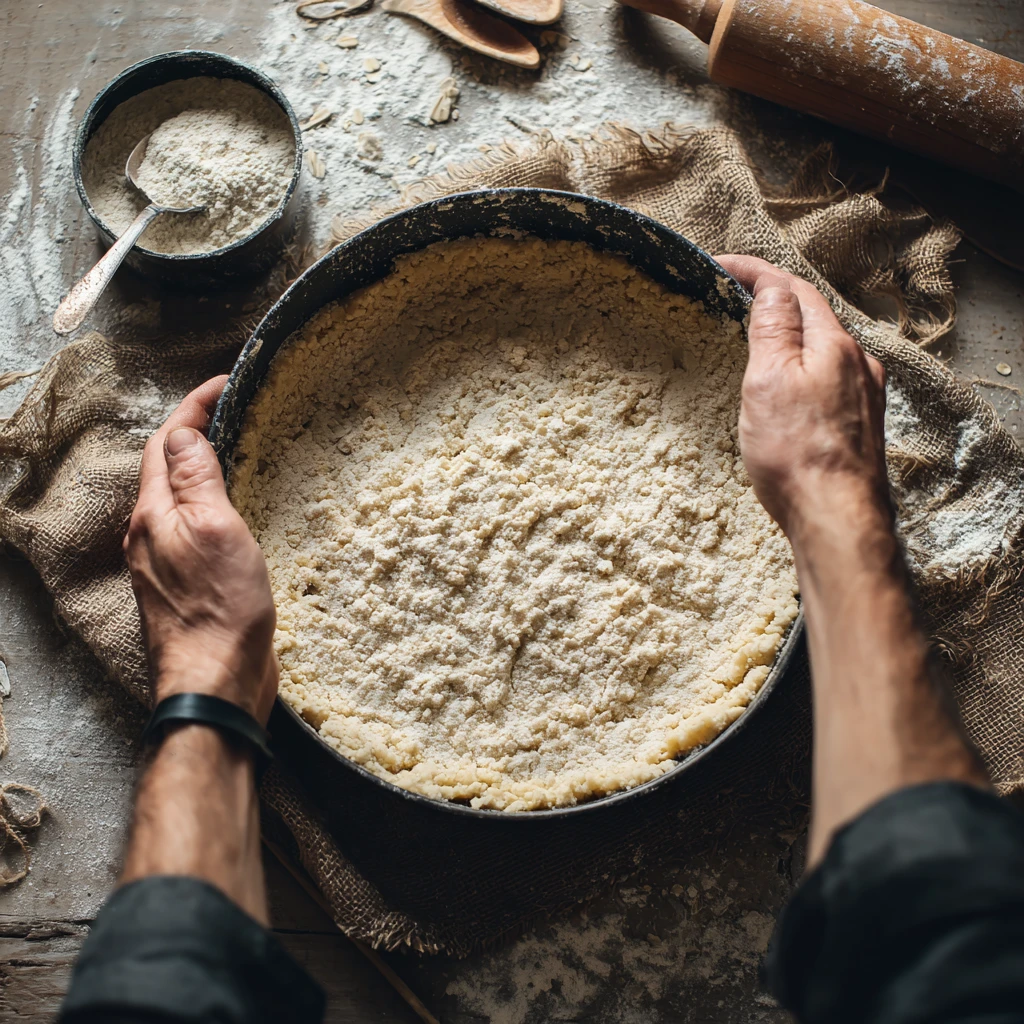
Alternatives & No-Crust Cheesecake Options
Creative Substitutes for a Gluten Free Cheesecake Crust
Sometimes you just want something a little different. Maybe you’re out of almond flour or want a nut-free version. The good news? There are plenty of smart alternatives to a traditional gluten free cheesecake crust. One of my favorites is a crust made with gluten-free oats and dates. You pulse them together until sticky, then press into a pan for a chewy, naturally sweet option.
For chocolate lovers, try crushed gluten-free brownies as a crust base. It’s indulgent but surprisingly easy to slice and serve. If you’re after something lighter, a simple mix of puffed rice cereal and honey can give your cheesecake a crispy texture without any grains.
In summer, when the oven feels like the enemy, I often skip the crust entirely. Instead, I serve cheesecake in jars or ramekins layered with fruit and crushed gluten-free cookies. These “naked cheesecakes” are light, portable, and a hit at cookouts. It’s a trick I first used during a family gathering when our oven broke halfway through baking and no one even missed the crust!
When to Skip the Crust Altogether
You don’t always need a gluten free cheesecake crust to make dessert shine. Many no-bake recipes, like my birthday cake cheesecake, work beautifully without one. A crustless cheesecake highlights the creamy filling and gives you room to play with toppings fresh berries, caramel drizzle, or even a sprinkle of blackberry cobbler crumbs.
For those following keto or low-carb diets, skipping the crust saves on carbs and still delivers all the flavor. Just remember to chill the filling well so it sets up firmly on its own. Whether you go crustless or try something new, the goal is the same: a cheesecake that delights from the first bite to the last.
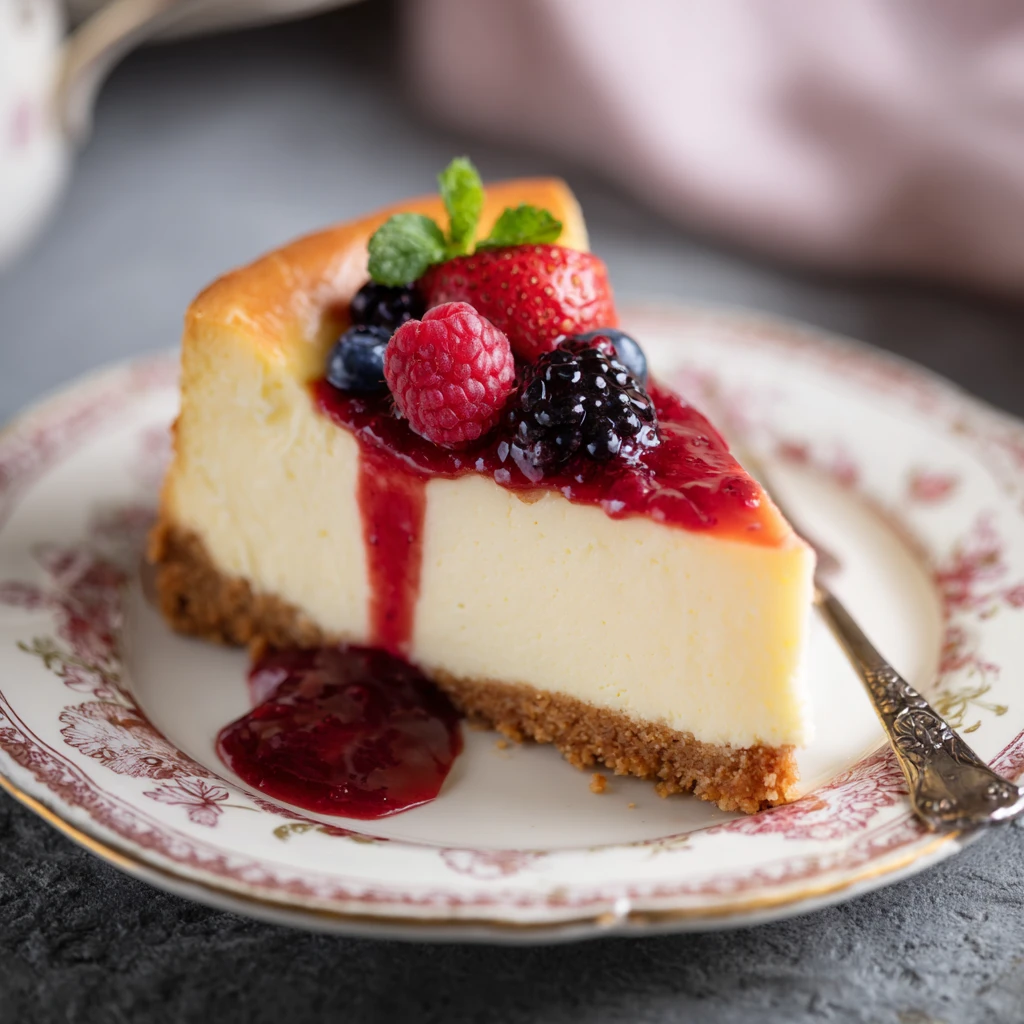
What are common problems with gluten-free crust?
The most common issues with a gluten free cheesecake crust include crumbling, sogginess, and lack of flavor. Because gluten-free flours lack the binding properties of wheat flour, the crust can fall apart if there’s not enough fat or moisture. Another problem is overbaking, which can dry it out. To prevent this, make sure to pack your crust tightly into the pan and pre-bake it just until it sets usually around 8 to 10 minutes.
Is cheesecake gluten-free without the crust?
Yes, in most cases, cheesecake filling itself is gluten-free. It typically contains cream cheese, eggs, sugar, and vanilla none of which contain gluten. However, it’s the crust that usually adds gluten to the dessert. That’s why making or choosing a gluten free cheesecake crust is key if you’re serving someone with gluten sensitivities.
What else can you use for cheesecake crust?
There are plenty of delicious alternatives to a traditional gluten free cheesecake crust. Crushed gluten-free cookies, ground nuts, oats, dates, or even puffed rice cereal can be used. For a low-carb version, almond flour with butter works well. You can even go crustless and serve your cheesecake in jars layered with fruit or gluten free granola.
What makes a cheesecake gluten-free?
A cheesecake becomes gluten-free when all of its ingredients including the crust are free from wheat, barley, or rye. The filling is usually safe, but the crust often contains gluten unless you make a gluten free cheesecake crust using ingredients like almond flour, oats, or gluten-free graham crackers. Always check labels, especially with pre-made crusts or fillings.
Conclusion
A perfect cheesecake starts with the right foundation, and if you’re living gluten-free, that means crafting a crust that’s both delicious and reliable. Whether you stick to almond flour basics or explore creative options like oats, dates, or cookie crumbs, a good gluten free cheesecake crust opens the door to endless dessert possibilities.
I’ve had my share of crust catastrophes and flavor flops but each one brought me closer to a crust that’s easy to make, slices cleanly, and tastes like home. Whether you’re serving a holiday crowd or just treating yourself, now you’ve got everything you need to create a cheesecake that truly satisfies gluten-free and full of joy.
And For more recipes follow me in Facebook.
Print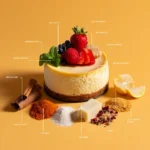
The Best Gluten Free Cheesecake Crust You’ll Ever Try
- Total Time: 15 mins
- Yield: 1 crust 1x
Description
This gluten free cheesecake crust is crisp, buttery, and holds up perfectly. Made with almond flour, it’s the ideal base for any cheesecake.
Ingredients
1½ cups almond flour
¼ cup melted butter (or coconut oil)
2 tablespoons coconut sugar
¼ teaspoon cinnamon
Pinch of salt
Instructions
1. Preheat oven to 350°F (175°C).
2. Mix almond flour, coconut sugar, cinnamon, and salt in a bowl.
3. Add melted butter and stir until mixture resembles wet sand.
4. Press mixture into bottom of 8 or 9-inch springform pan.
5. Use bottom of measuring cup to press firmly and evenly.
6. Bake for 8–10 minutes until lightly golden.
7. Let crust cool completely before adding filling.
Notes
Chill before baking if using coconut oil to prevent sogginess.
Add a teaspoon of vanilla extract for extra flavor.
Crust can be made a day ahead and stored in fridge.
- Prep Time: 5 mins
- Cook Time: 10 mins
- Category: Dessert
- Method: Baking
- Cuisine: American
Nutrition
- Serving Size: 1 slice
- Calories: 180
- Sugar: 2g
- Sodium: 45mg
- Fat: 16g
- Saturated Fat: 5g
- Unsaturated Fat: 10g
- Trans Fat: 0g
- Carbohydrates: 6g
- Fiber: 2g
- Protein: 4g
- Cholesterol: 15mg
